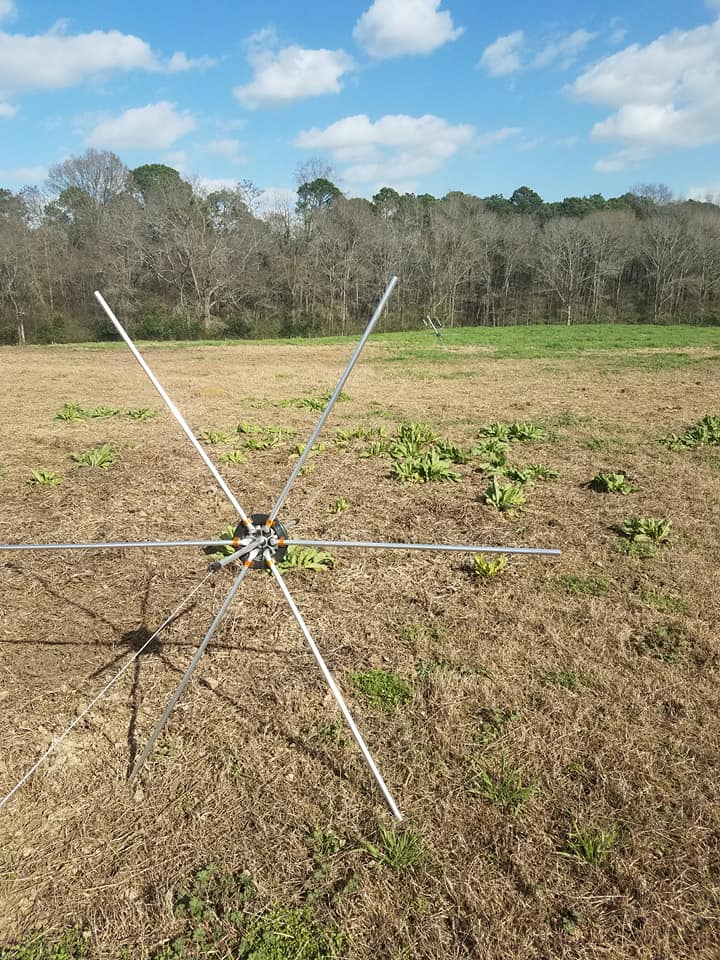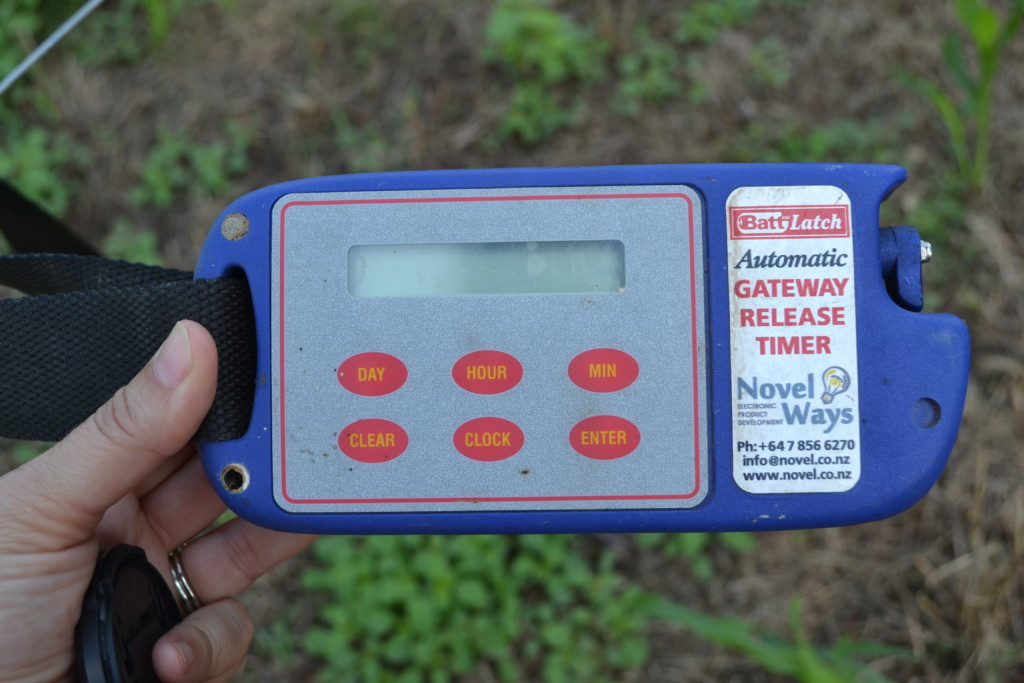The fact that rotational grazing systems are a more efficient use of forages than continuous grazing should not be a novel idea. Years of research have proven that giving forages ample time to rest and recuperate between grazing times, produces more, higher quality yield.
Installing a rotational grazing system is not quite as easy as it may sound, but it doesn’t have to be complicated. There are all kinds of “gadgets” and tools available to help make rotational grazing a simpler process, saving time and resources.
The advancement of temporary electric fencing technologies has made implementing a more managed grazing system about as easy as taking a walk across the pasture. Temporary fencing technology involves the utilization of non-permanent, easy-to-handle and mobilize step-in posts, poly-wire or poly-tape, fence handles, and a charger or energizer. There are a multitude of electric fence post options. Each one designed for a specific situation. Fencing companies have made temporary or portable posts lighter and smaller. Ideal for rotational grazing, these posts work great as in-line posts and are constructed with hooks that will handle most poly-tapes, poly-ropes, and wire. No additional clips or insulators are usually required with these posts since they are made from products with insulation properties. Pig tail fence posts are another fencing option you might consider. The pig tail step-in post is ideal for managed intensive grazing applications due to its lightweight, portable construction. The little loop at the end of the post resembles a pig’s tail, hence the name. Similar to the step-in posts, pig tail posts require no additional clips or insulators. Pig tail posts work great as in-line posts for cross-fencing, but typically are designed for one string and work better for cattle.
There have been advancements in poly-wire too. One way to differentiate products is to check for the number of filament lines in a given product. One product sold has nine conductive lines running through it, and is therefore able to carry more electricity and make better contact than twine that only has six filaments. There are better options to handle that fencing as well. Using reels will save time when erecting the fence, when taking it down and when you need to move the fence. A reel will allow you to wind up the wire without any knots. Reels come in different types and sizes. This has to do with the amount of wire/rope/tape that will fit on a reel. A geared reel will allow you to wind up your wire up to 3 times as fast. With regular reels the drum of the reel turns at the same speed as the lever you use to wind up the reel. With geared reels, the gear will make the drum turn three times as fast. So, for every turn of the lever, the drum turns three times.
Do you want to move your fence without taking it down and then putting it back up? Then a Tumblewheel might be the right tool. Rotational graziers can move an entire fence line from one location to another using Tumblewheels.

The Tumblewheel system allows producers to move temporary electric fences with ease with no line or step-in posts. This fence consists of a number of “hot” or electrified spoked, spacer wheels that hold up the fence, and roll making the fence simple and easy to move. The wheels are held up by the tension of the hot-wire which passes through the center. When one or both ends of the fence is moved, the wheels roll along. This system enables you to quickly and easily roll a fenceline to a new position. It is ideal for strip grazing cattle.
Ever had your electric fence short out and spent hours trying to find where the problem was? A fence fault finder could be the answer to your problem, quickly helping you identify where the fence is working and where it isn’t. Available from many fence equipment manufacturers, almost all are universal and work with all brands of fence chargers.
For anyone that works off the farm, rotational grazing is often limited by the number of daylight hours. Making sure that animals get moved to the next paddock on time can be troublesome. There is a device with the ability to automatically open gates. It is called a ‘Batt-Latch.’ A Batt-Latch is an electronic locking device that incorporates a timer that can release the gate latch at a preset time. It’s a solar-powered and all-weather device that you can program it for up to 30 days out and set it for the specific time you want to open a new paddock. Then at the designated time, the latch disconnects from the spring gate, and your cattle or other animals can go to the side of the fence to fresh grass. There are limits though, it cannot close the gate behind the animals and it cannot monitor a pasture’s growth and development and make management decisions for the grazing farmer.

There are so many cool gadgets and tools to help producers implement rotational grazing into their operations. These are just a few of the options out there. Explore what’s available and use one or all of these technologies to more efficiently utilize your forage resources.